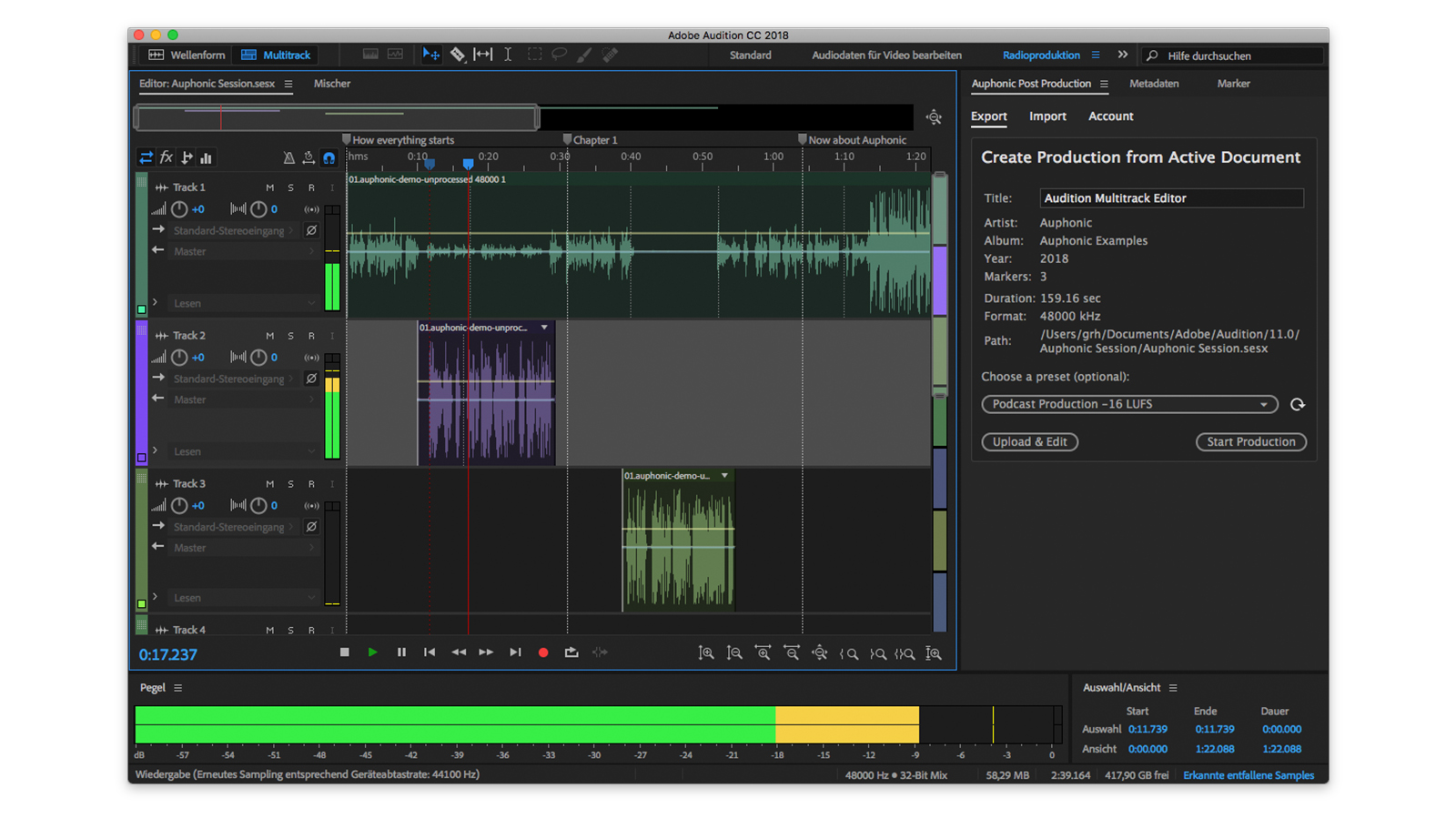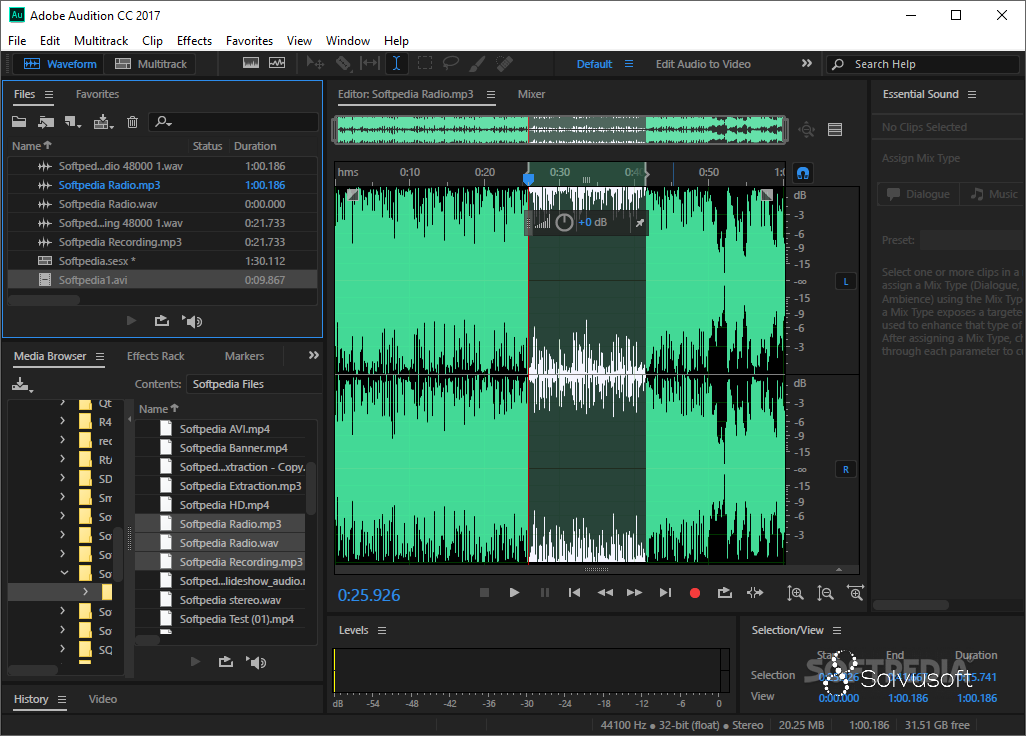

To set the range, drag one of the two edges. This displays the two sides of a range marker. To convert a marker to a range, right-click the marker icon and select Convert to Range both Cue and Subclip markers can be converted to a range. NOTE: You rename marker ranges the same as markers. This is a very fast way to build a collection of sound bites for later editing (see below). If you are in the Waveform Editor, select the region that you want to convert to a range, then type M. Ranges allow you to label a section of an audio file. However, they WILL move if you insert or delete time in a session. Markers added to multitrack sessions are tied to the session timeline, and do not move with clips. They also show up as static lines in the clip when used in Multitrack. Markers created in the Waveform view are attached to the audio file, so if you insert or delete segments of the WAV file, the marker(s) will move. To change the marker type, right-click the marker icon and select the option you want under Change Marker Type. If the Marker panel is not open, press / twice. Once you create a marker press / - this selects the marker name in the Marker panel so you can quickly rename the marker. To delete a marker, right-click the marker icon, and select Delete Marker. To rename a marker, right-click the marker icon, and select Rename Marker. NOTE: You can also add markers using the Markers panel, but M is MUCH faster! The default marker name can be changed in Preferences > Markers & Metadata. This adds a Cue marker at the position of the playhead. To add a marker, position the playhead where you want to locate a marker and type M. You can modify the start time and duration of a range at any time.
ADOBE AUDITION PRO
Subclip markers are used by Premiere Pro and Prelude to define clips within longer recordings. There are four marker types within Audition:Ĭart timer markers are part of an old-fashioned technology radio stations used to copy commercials and other short programs to audio tape for instant playback on air.ĬD Track markers are used to indicate the start of tracks when creating audio CDs.

ADOBE AUDITION HOW TO
UPDATE: Here’s a second article that describes how to export and import markers using Audition.Ī marker specifies a location in time in either the Waveform Editor or Multi-track Timeline.

This article contains information not found in the Help files. NOTE: Adobe’s Help files are seriously out of date regarding markers. This became the impetus for this article. That got me wondering about markers in general, and THAT made me realize that I didn’t know a whole lot about how markers work in Audition. While it is easy to drag a clip to move it, I started wondering about whether markers could help. Many times, I want to take a short section of audio and move it from one place to another, either in the timeline or the waveform editor.
ADOBE AUDITION SOFTWARE
And, as with all the software I use, I keep looking for better or faster ways to do something. I edit in Adobe Audition almost every day, generally for my weekly podcast ( ).


 0 kommentar(er)
0 kommentar(er)
